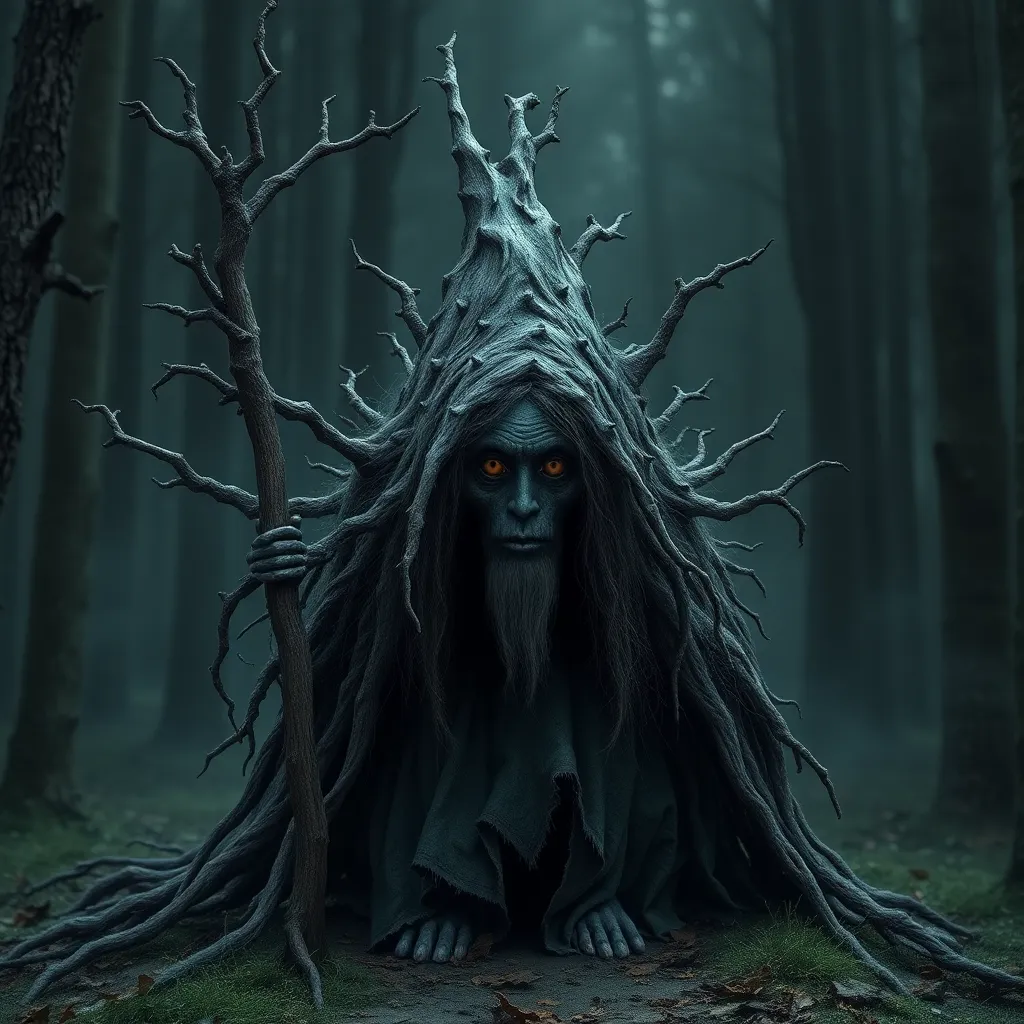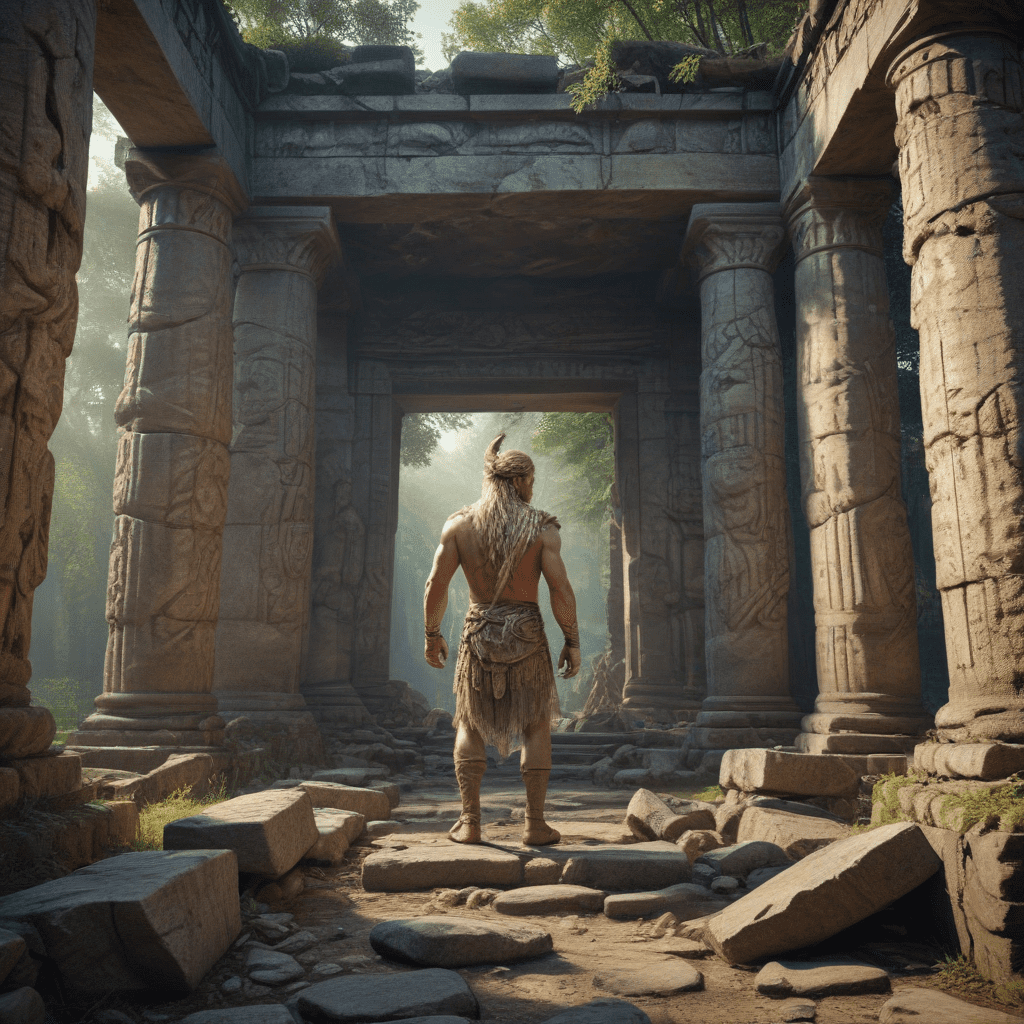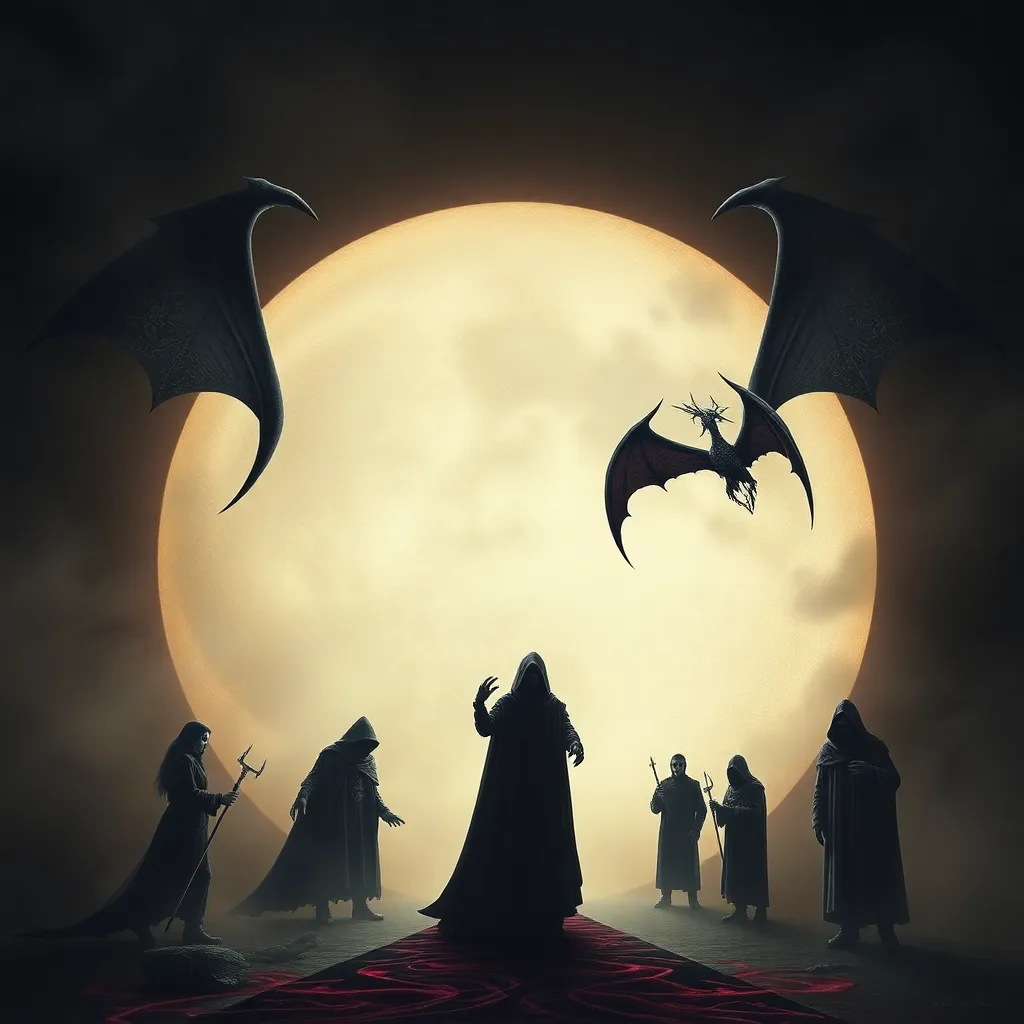Baba Yaga: A Historical Perspective on the Hag’s Origins and Evolution
I. Introduction
Baba Yaga is a prominent figure in Slavic folklore, often depicted as a fearsome old hag who lives in the forest. She is known for her ambiguous nature, oscillating between malevolence and benevolence, making her one of the most complex characters in mythology. Understanding her origins and evolution is crucial not only for appreciating Slavic culture but also for recognizing the universal themes she embodies.
This article will explore the roots of Baba Yaga in Slavic mythology, her characteristics and symbolism, historical context, representation in literature and art, comparative analysis with other mythological figures, and modern interpretations of her character. Through this exploration, we will uncover the significance of Baba Yaga in folklore and her impact on contemporary culture.
II. The Roots of Baba Yaga in Slavic Mythology
A. Early references and depictions in folklore
Baba Yaga’s earliest references can be traced back to the oral traditions of Eastern Europe. She appears in various folktales, often as a powerful figure who can aid or hinder the protagonist. The tales about her are rich with symbolism and reflect the complexities of human nature and the challenges faced by individuals.
B. Connections to ancient Slavic beliefs and nature worship
In ancient Slavic culture, nature was revered, and many deities represented various aspects of the natural world. Baba Yaga can be seen as a personification of nature’s duality, embodying both its nurturing and destructive qualities. She is often associated with the forest, which was considered a place of both danger and sanctuary.
C. The role of the female archetype in early cultures
Baba Yaga represents the archetype of the wise woman or crone, a figure that has appeared in many cultures throughout history. As a female character, she challenges traditional gender roles, embodying wisdom, power, and autonomy. This complexity allows her to serve as a reflection of women’s roles in society, particularly in patriarchal contexts.
III. Baba Yaga’s Characteristics and Symbolism
A. Physical appearance and attributes
Baba Yaga is typically described as an old woman with a bony, skeletal body, sharp teeth, and a long nose. She is often depicted flying through the air in a mortar, using a pestle as a rudder. Her appearance serves to emphasize her otherworldly nature and her connection to the supernatural.
B. Dual nature: benevolent vs. malevolent traits
One of the most intriguing aspects of Baba Yaga is her dual nature. She can be a source of wisdom and guidance, offering assistance to those who seek her out and prove themselves worthy. Conversely, she can also be a fierce antagonist, punishing those who disrespect her or fail to meet her challenges. This duality reflects the complexities of morality and the human experience.
C. Symbolism of the forest and the hut on chicken legs
The forest, where Baba Yaga resides, symbolizes the unknown and the primal forces of nature. It is a place of transformation and challenge. Her hut, which stands on chicken legs, symbolizes her connection to the earth and her ability to traverse the boundaries between the mundane and the magical. The hut can also be seen as a representation of the threshold between safety and danger.
IV. Historical Context and Social Significance
A. Baba Yaga during different historical periods
Throughout history, Baba Yaga’s portrayal has evolved in response to societal changes. In early folklore, she was often a wise woman or healer, but as patriarchal societies emerged, her image shifted towards that of a sinister witch. This transformation reflects broader societal attitudes toward women and power.
B. The impact of social changes on her portrayal
As Slavic societies evolved, so did the narratives surrounding Baba Yaga. During periods of upheaval, such as the spread of Christianity, she was often demonized, representing the old ways that clashed with new beliefs. However, in more recent times, there has been a resurgence of interest in her character, often celebrating her as a symbol of female empowerment.
C. Her role in reflecting societal fears and values
Baba Yaga serves as a lens through which we can examine societal fears and values. Her character embodies the anxieties surrounding aging, femininity, and the unknown. By navigating her stories, we can gain insight into the cultural psyche of the Slavic peoples across generations.
V. Baba Yaga in Literature and Art
A. Evolution of Baba Yaga in fairy tales and folklore
Baba Yaga’s character has evolved through various fairy tales and folklore. In many tales, she serves as a guide or obstacle for the hero, testing their resolve and character. Her stories have been adapted and retold, reflecting changing cultural contexts and values.
B. Analysis of notable literary works featuring her character
- “Vasilisa the Beautiful”: In this tale, Baba Yaga plays a crucial role in Vasilisa’s journey, providing both challenges and assistance.
- “The Frog Princess”: Baba Yaga appears as a powerful figure who tests the characters, showcasing her dual nature.
- Contemporary adaptations: Many modern authors and filmmakers have reimagined Baba Yaga, often emphasizing her complexity and strength.
C. Representation in visual arts and contemporary media
Baba Yaga has inspired various forms of visual art, from traditional paintings to contemporary graphic novels and films. Her image often combines elements of horror and mystique, capturing the imagination of audiences worldwide. Recent adaptations in animation and film have introduced her to new generations, further solidifying her place in popular culture.
VI. Comparative Analysis with Other Mythological Figures
A. Similarities with witch figures in other cultures
Baba Yaga shares similarities with witch figures from various cultures, including the Western witch archetype. Both embody themes of wisdom, power, and the potential for both good and evil. This cross-cultural comparison highlights the universal fears and fascinations surrounding female power.
B. The archetype of the wise woman or crone
The wise woman or crone archetype is prevalent in many mythologies. Figures such as Hecate from Greek mythology and the Morrigan from Celtic traditions also embody the dual nature of wisdom and danger. These archetypes often represent the complexities of female experience and the societal perceptions of women.
C. Cross-cultural influences and adaptations
As cultures have interacted and exchanged ideas, the figure of Baba Yaga has influenced and been influenced by other mythological figures. This cross-pollination enriches the narratives surrounding her and allows for a deeper understanding of her significance in global folklore.
VII. Modern Interpretations and Cultural Relevance
A. Baba Yaga in contemporary literature and pop culture
In recent years, Baba Yaga has seen a resurgence in contemporary literature and pop culture. Authors, filmmakers, and artists have reinterpreted her character, often emphasizing themes of empowerment and resistance. She is portrayed as a complex figure who challenges societal norms and expectations.
B. The resurgence of interest in Slavic folklore
There has been a growing interest in Slavic folklore and mythology in recent years, with Baba Yaga at the forefront of this movement. This resurgence has led to new interpretations and adaptations, allowing audiences to explore her character in fresh and engaging ways.
C. Baba Yaga as a symbol of empowerment and resistance
In modern narratives, Baba Yaga often embodies themes of empowerment and resistance against oppressive forces. She represents the strength of women who defy societal expectations and embrace their autonomy. This interpretation resonates with contemporary audiences seeking to challenge traditional gender roles.
VIII. Conclusion
A. Summary of Baba Yaga’s evolution and significance
Baba Yaga’s evolution from a fearsome hag to a symbol of empowerment illustrates the complexities of folklore and the cultural narratives surrounding women. Her dual nature and connection to nature reflect the intricate relationship between humanity and the natural world.
B. Final thoughts on her lasting impact in global folklore
As a character, Baba Yaga continues to inspire and provoke thought, serving as a powerful symbol of the duality of human nature. Her stories resonate across cultures, allowing her to maintain relevance in a rapidly changing world.
C. Call to explore further the complexities of mythological figures
Understanding figures like Baba Yaga invites us



